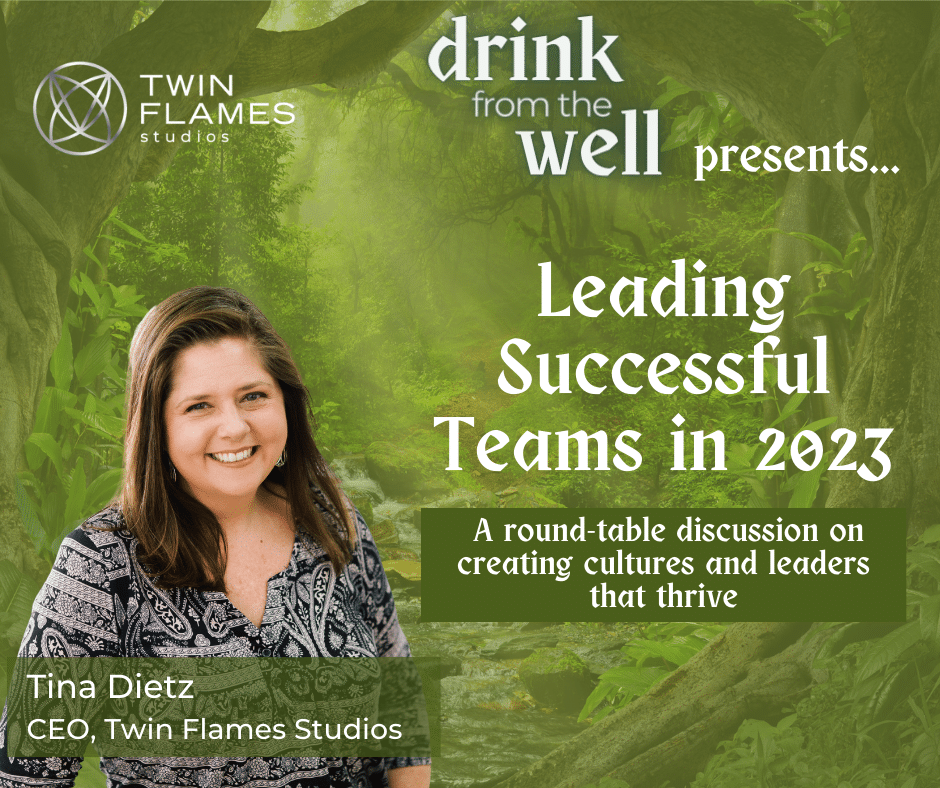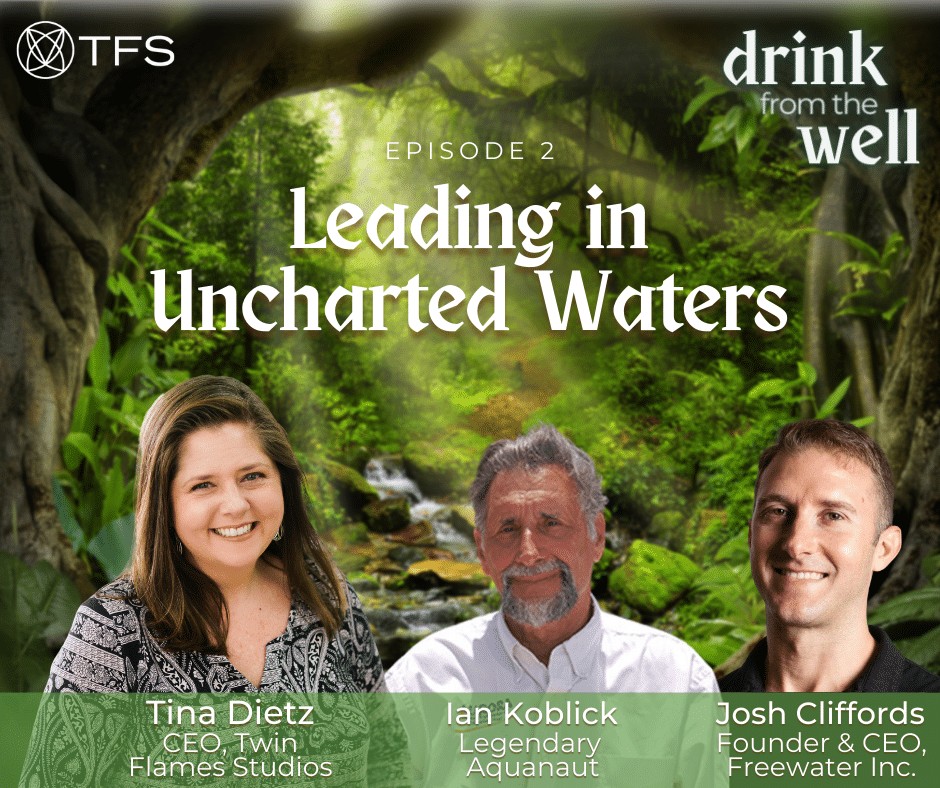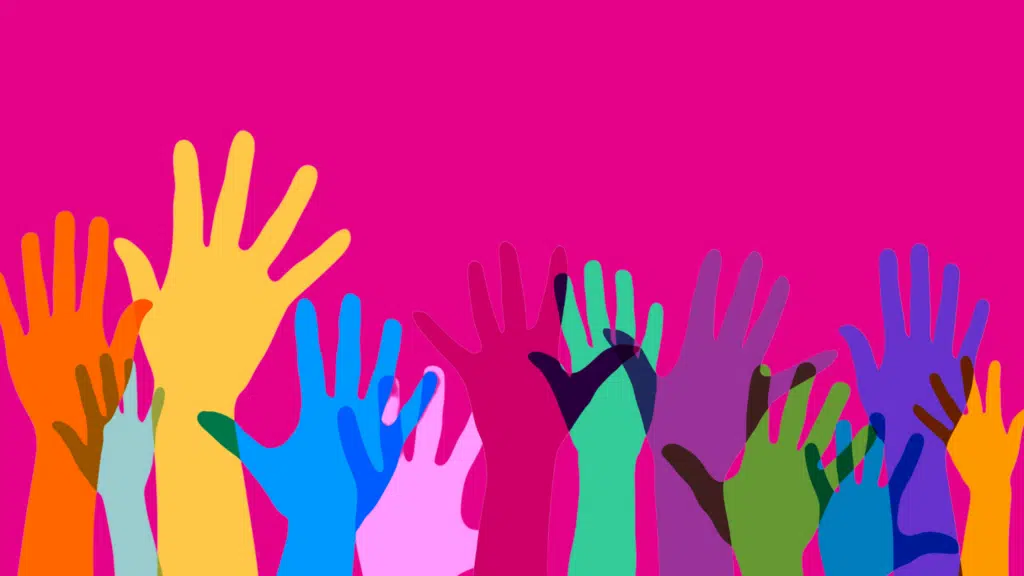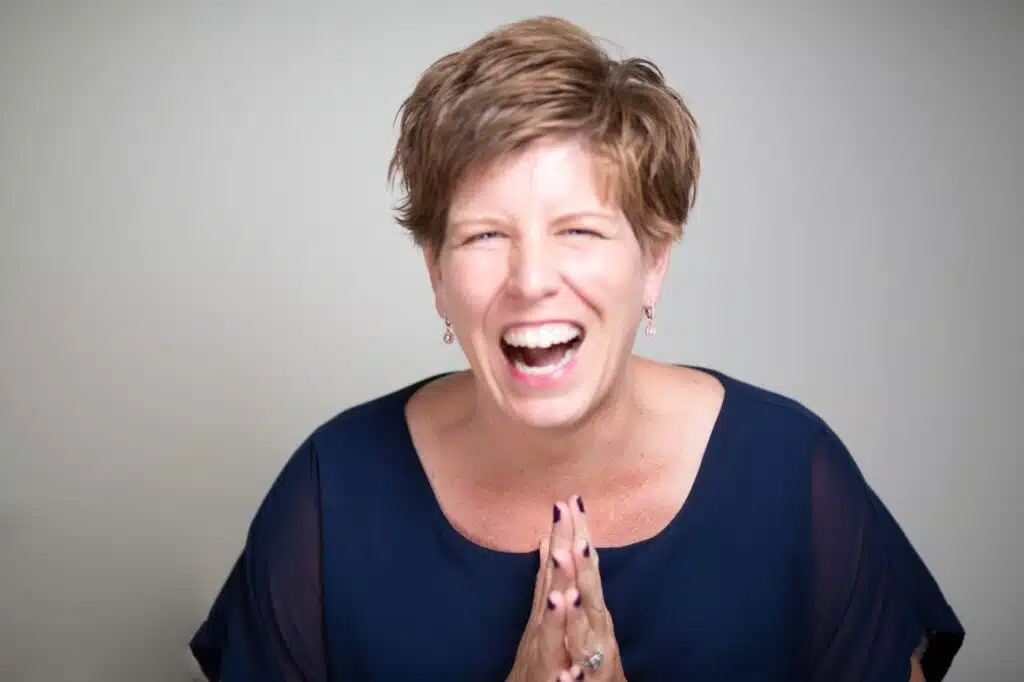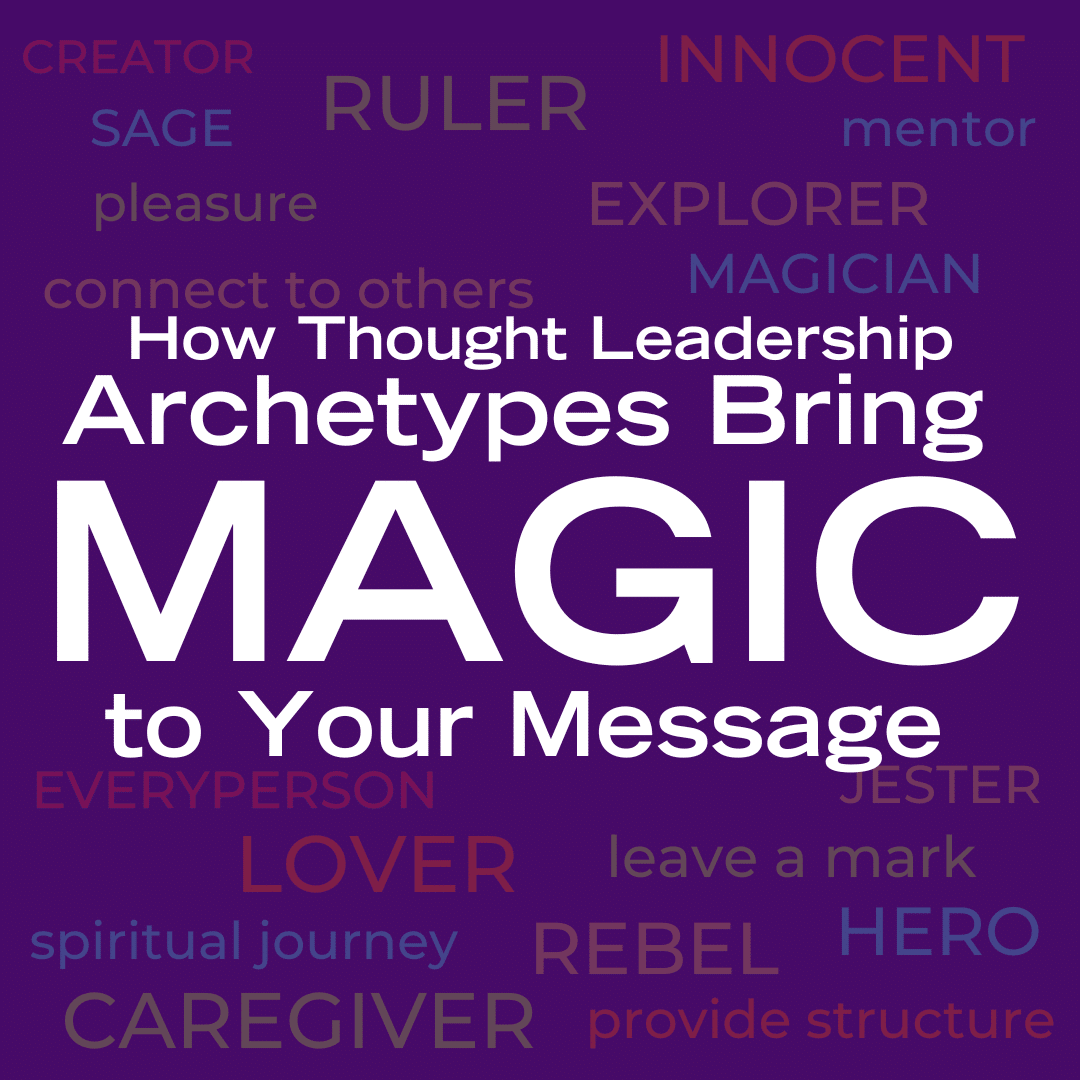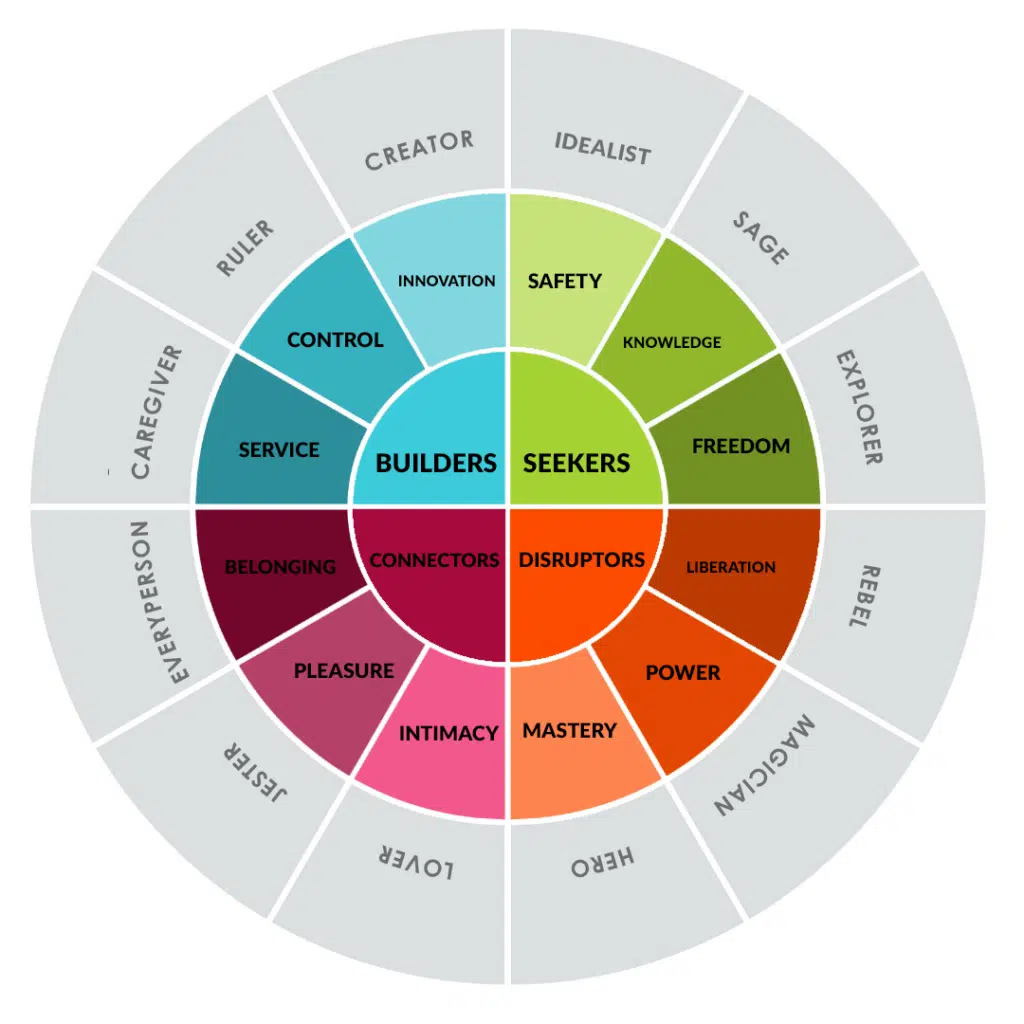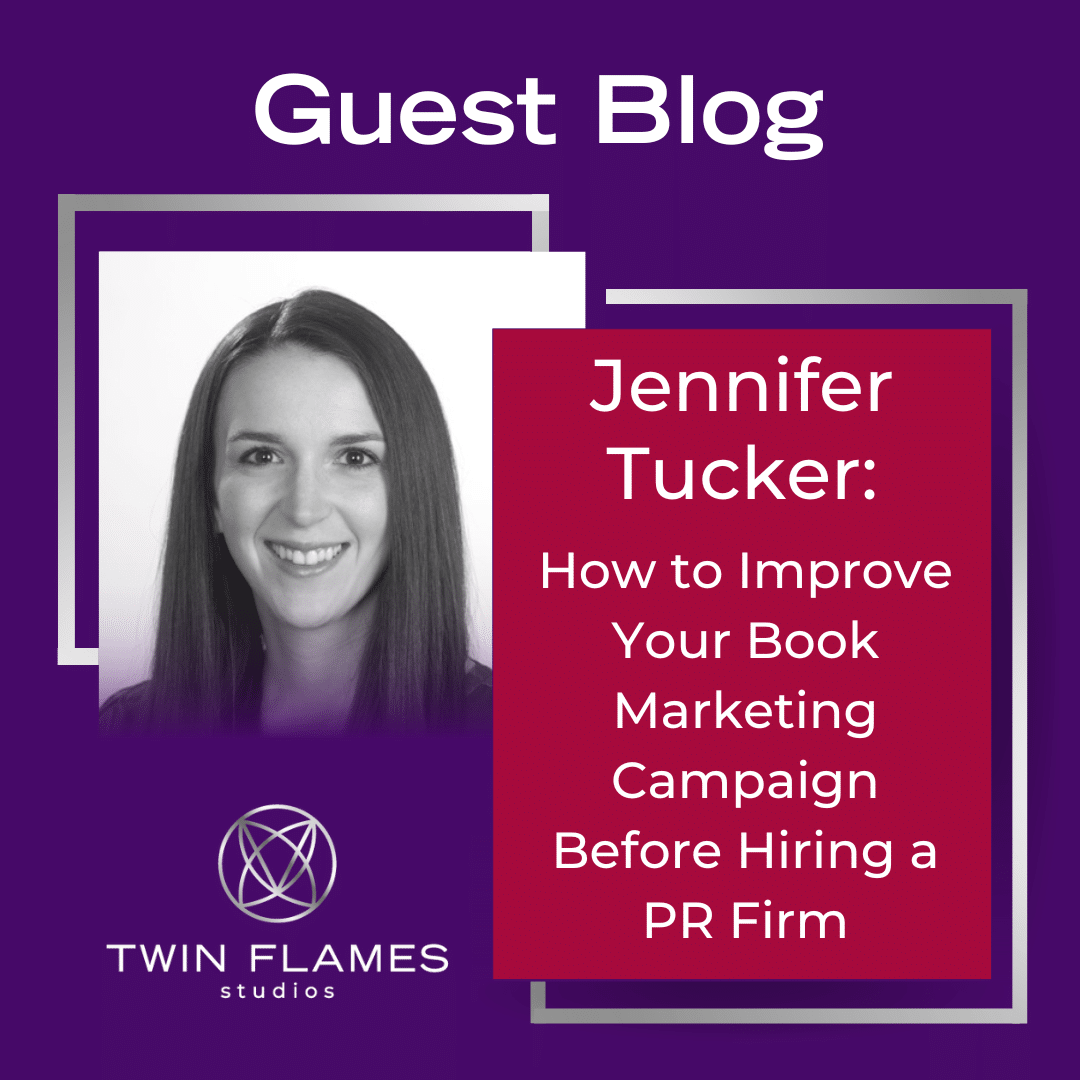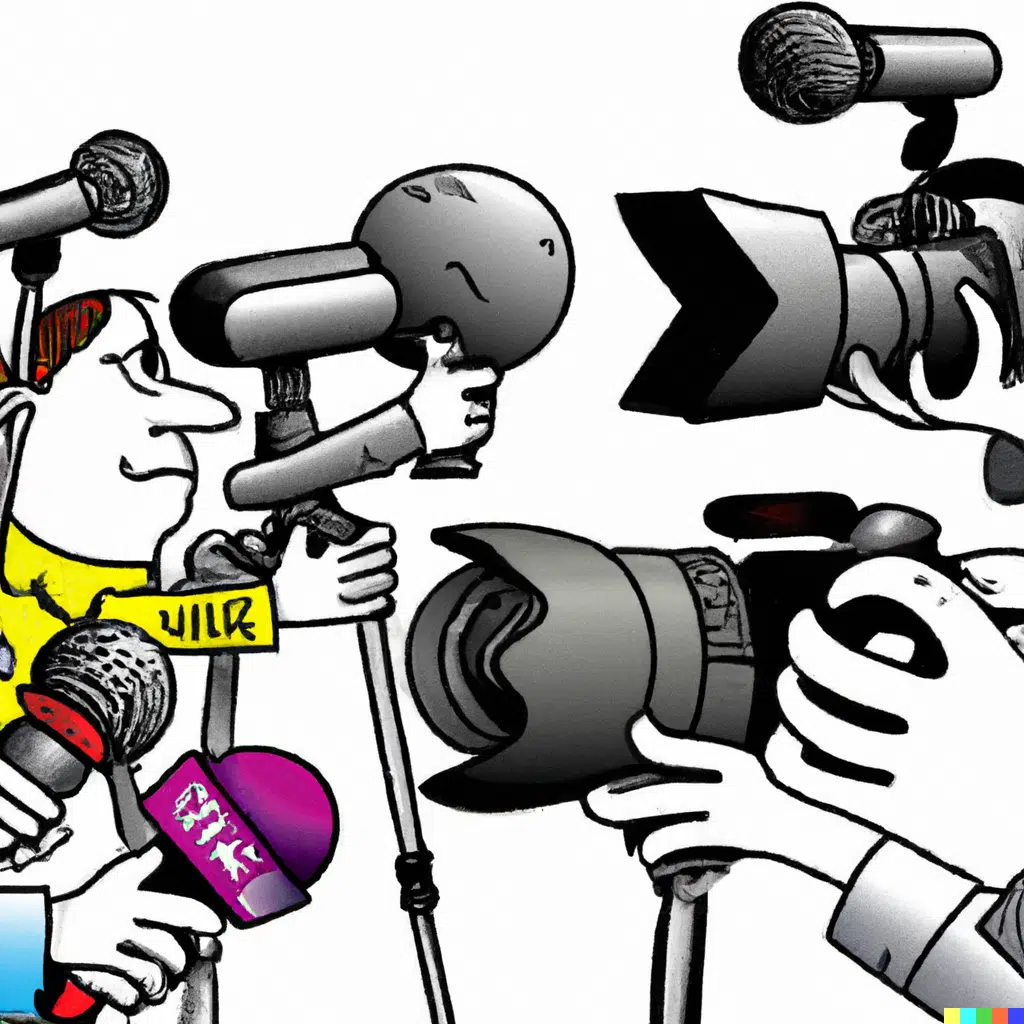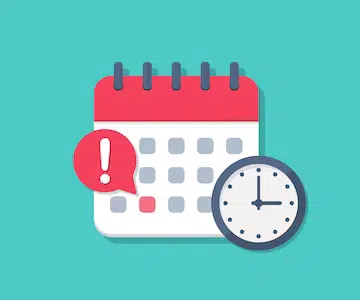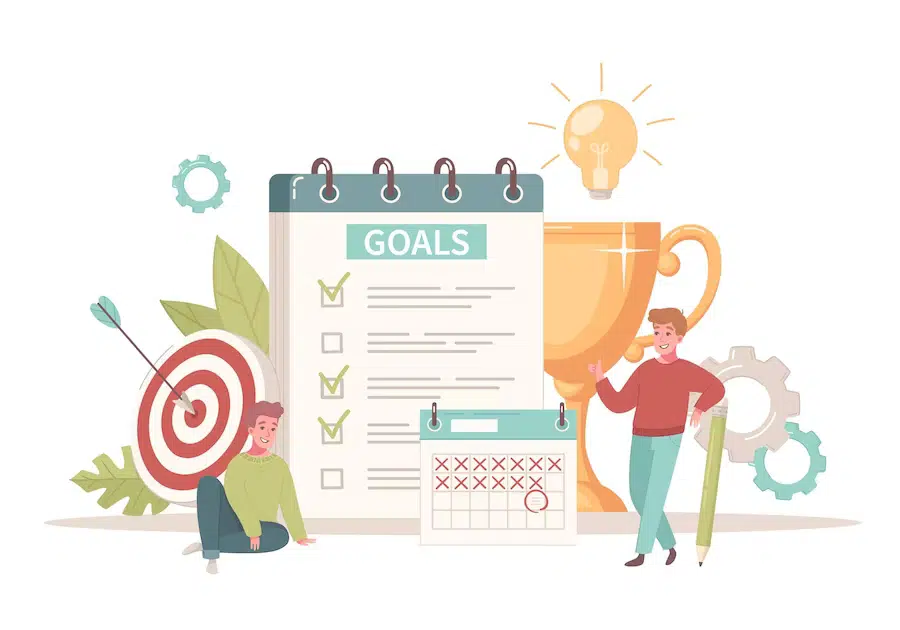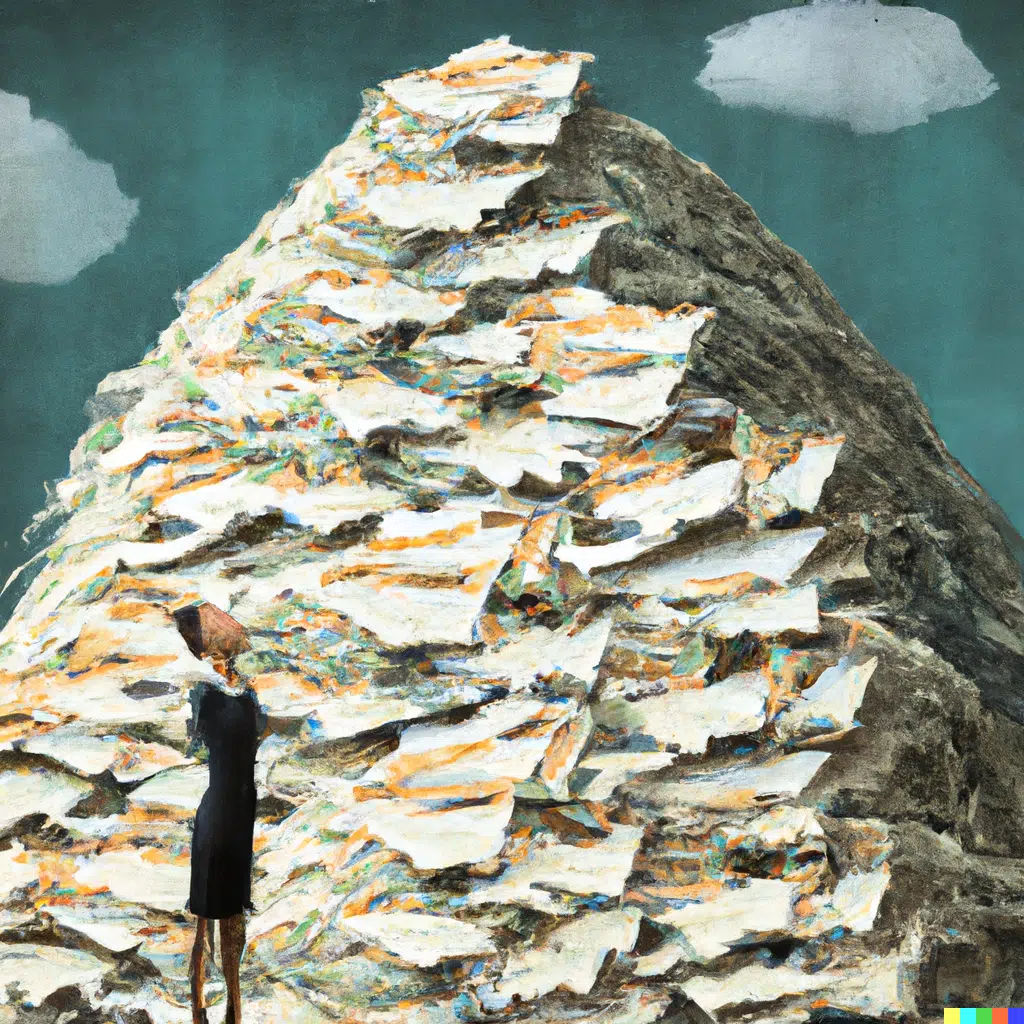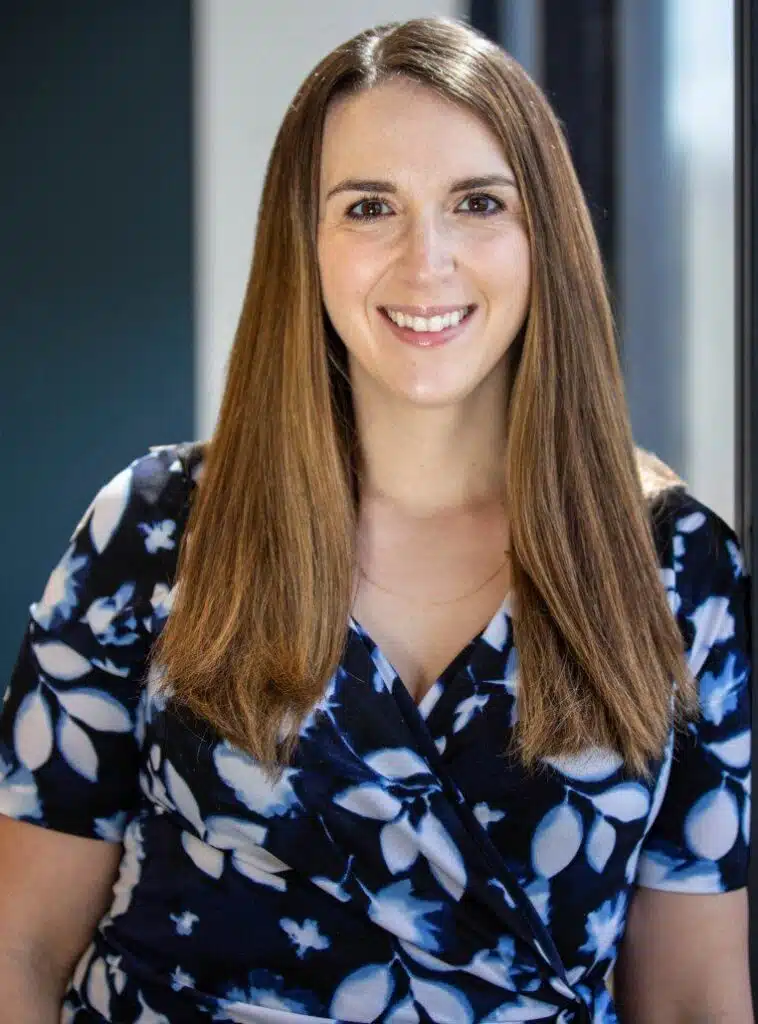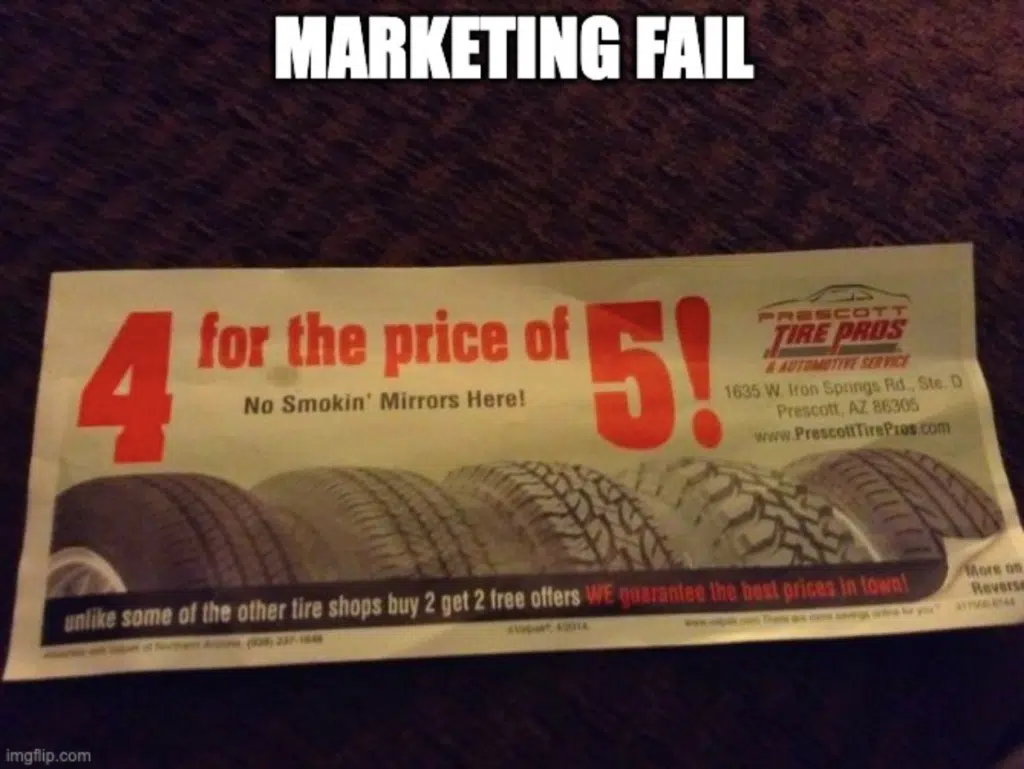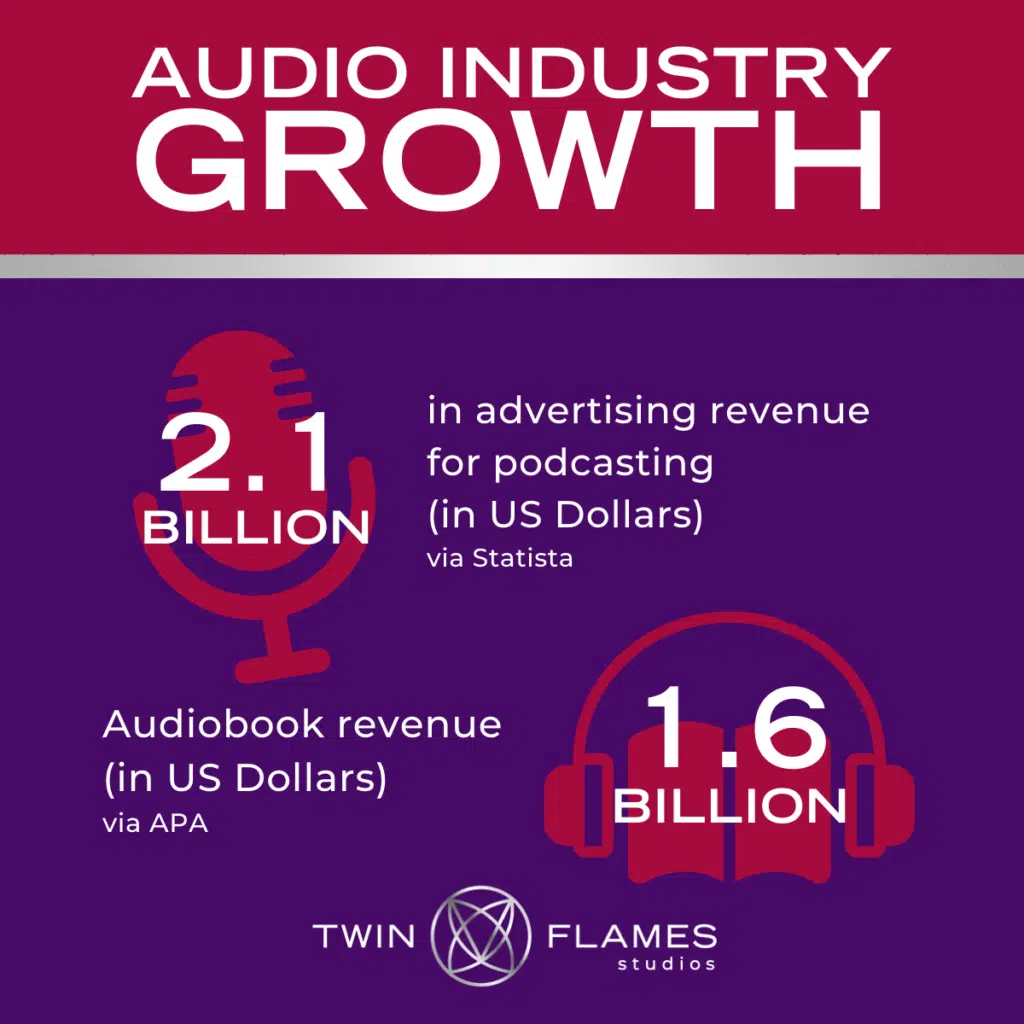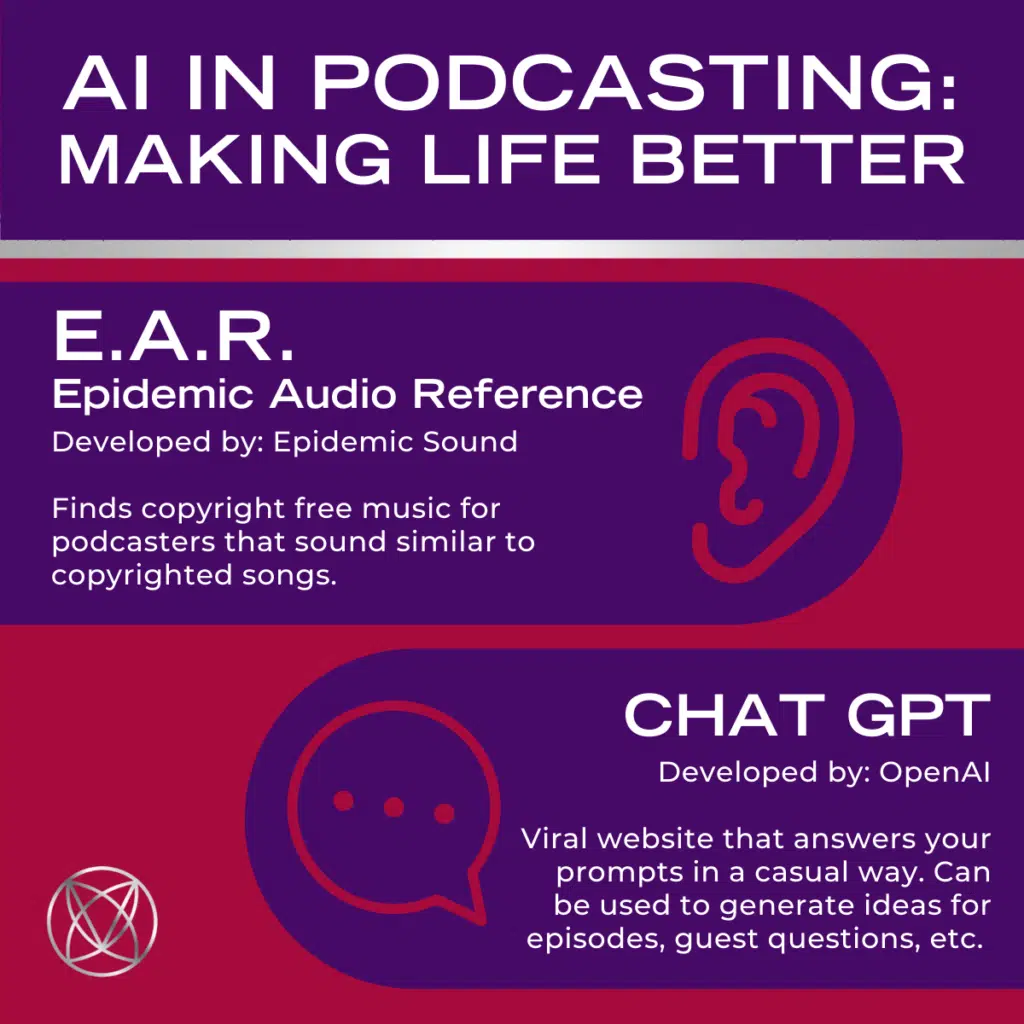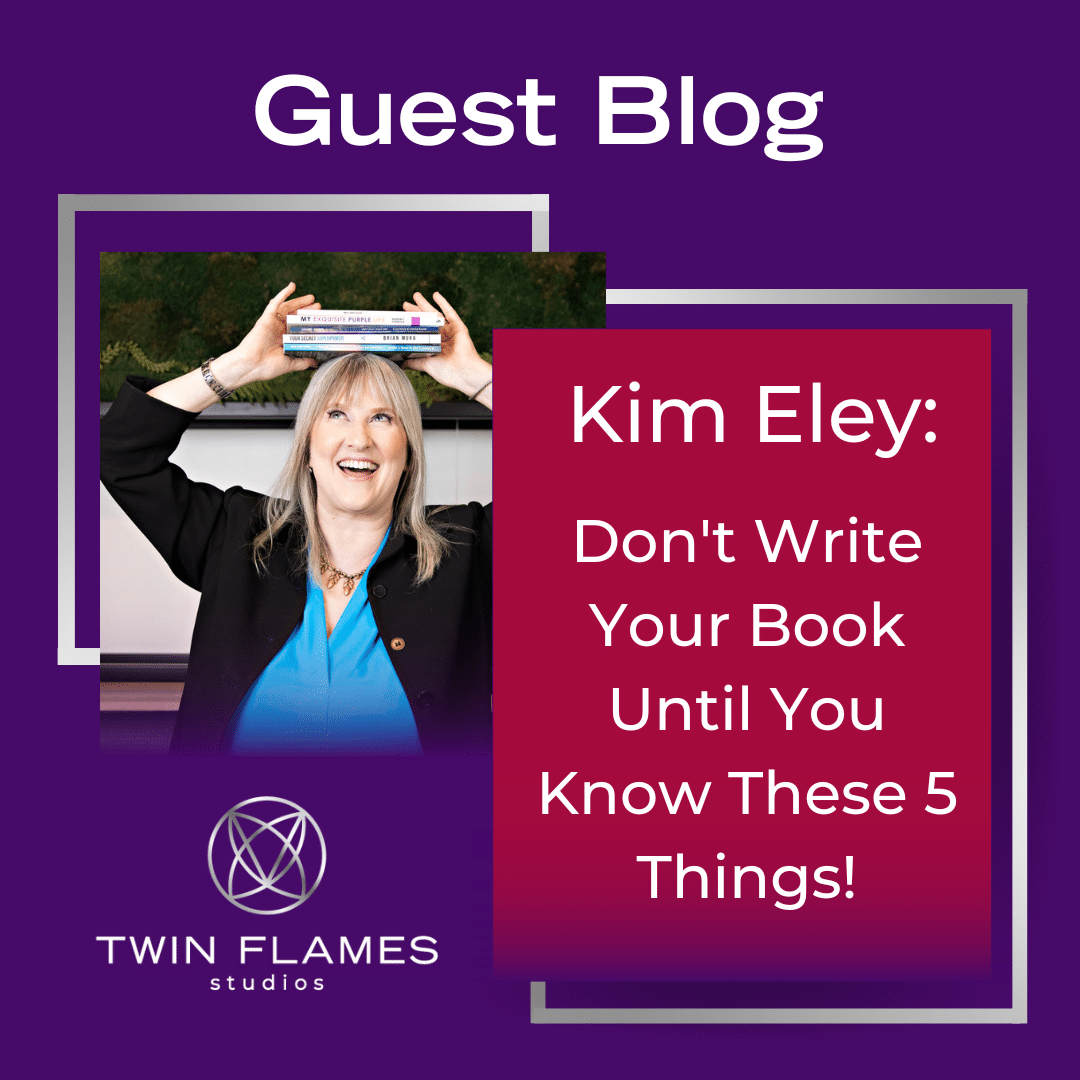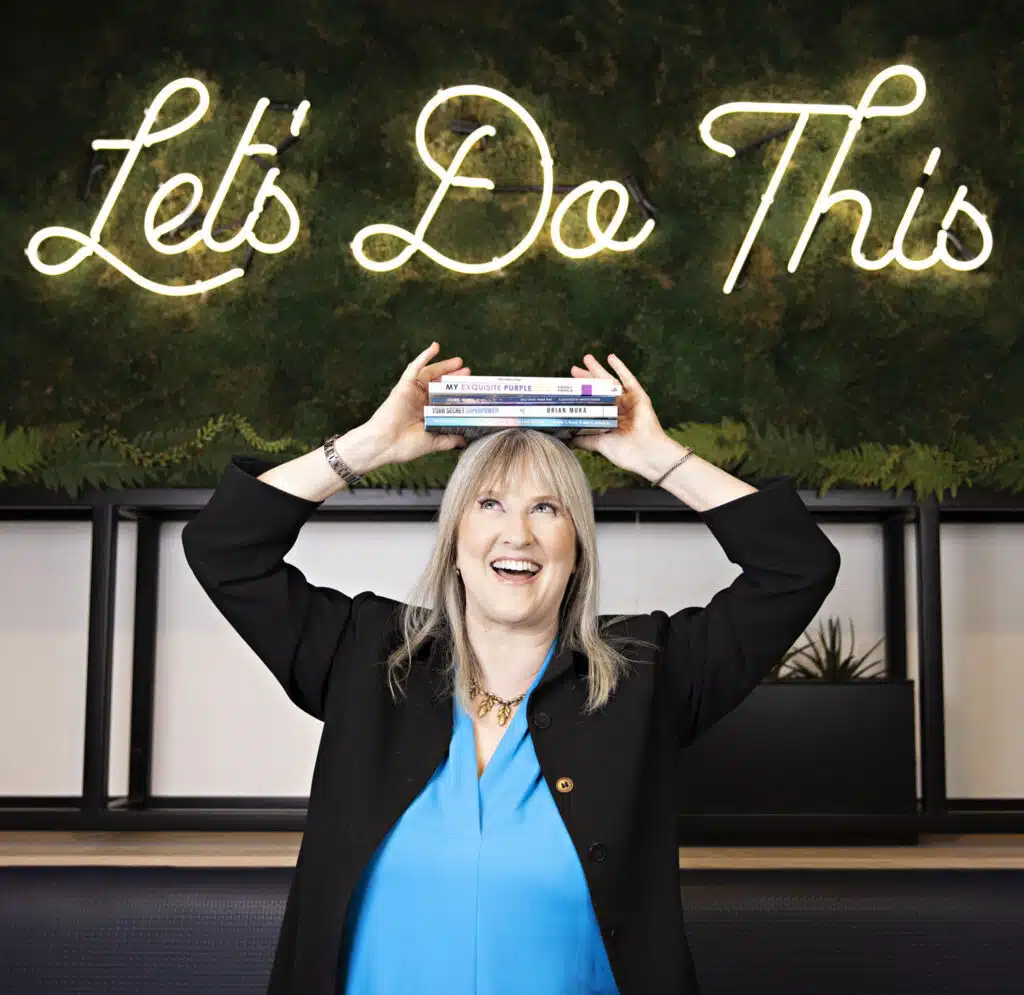Leading Thriving Teams in 2023
What prominent issues are hindering leaders from leading thriving, successful teams? What can we do as leaders to get past these obstacles? Guests from various episodes of season one of Drink From The Well tackle these questions in this candid conversation to celebrate the launch of the show.
Leading Thriving Teams – Episode Highlights
- What is the number one issue that we're facing in 2023 regarding creating healthy workplace cultures? (3:22)
- How do we go forward in creating an environment to heal, counteract, or change employees' constant workplace burnout in some way? Is that possible? (6:55)
- How can we manage the expectations of the folks that we are in business with so that we can start creating healthy boundaries in teams, but also in the expectations that we have in working with clients and customers as well? (15:15)
- How does having a unique business model translate into how a team runs or how the management style runs? How is being a “disruptor” helpful in creating thriving teams and organizations? (22:48)
- How can a manager, a boss, or an organization make their organization or their environment more welcoming? (25:51)
Full Transcript
Tina Dietz
Hey, everybody. Welcome to our Drink From The Well Launch Celebration and our conversation roundtable about creating thriving teams in 2023. This is a conversation for leaders, for aspiring leaders, for those who are leading from the bottom up, and everybody in between. I am Tina Dietz, I'm the CEO of Twin Flames Studios and your host for this conversation for today. I'm thrilled to be talking with all of you on this particular topic. It brings me nothing but great joy and interest to have so many leaders around the world talking with us about Leading Thriving Teams. We have been producing a series, after doing a great deal of research, on the most impactful topics in the workplace today, the things that are affecting teams, the things that are affecting leaders, the things that are affecting us all, particularly in this highly changing post-pandemic world. We have created a monthly series of topics in the podcasting world, because that's where my company lives and thrives, to help leaders have a place of refreshment and wisdom that they can go to and become refreshed and walk away with more knowledge and even better than they were before. Stress among workers globally is at an all-time high, and employee engagement is only 21%. Those people who consider themselves thriving are really even a third of people in the world. Only a third of people in the world consider themselves thriving. When you consider that more than a third of our lives are spent at work, almost half of our lives are spent at work, this is a major issue. That is a lot of what we're going to be talking about today. In the US and Canada alone, 71% of workers are looking to be in the market for a new job. So let's bring on our panel of guests and experts so that we can get this conversation really started. I am absolutely thrilled to be in this esteemed group of folks. We have experts from a number of our different episodes, Candy Barone and Lisa Wimberger from our episode that just dropped on the paradox for leaders of psychological safety, Katherine Torrini who joined us for our Dare to Suck episode that's coming up in a couple of months on creativity, Alicia Dattner from Live, Laugh, Lead, which is all about how humor can cause transformation in the workplace, Dr. Valerie Rene Sheppard from The Heartly Center who joined us for our episode on leading in multi-generational workplaces, and Josh Cliffords, the CEO of Free Water, who you'll be able to hear more from not only today, but in our upcoming episode in June on Leading in Uncharted Waters, which is all about whether capitalism, activism, and conservation can all work together in harmony. So happy to have you all here today. What we're going to do, just by having everybody introduce themselves a little bit more, we are going to have you each take one minute, introduce yourself, and answer this really important question very, very briefly. Let's keep it all to one minute each. And that is, from your perspective and expertise, what is the number one issue that we're facing in 2023 regarding creating healthy workplace cultures?
Lisa Wimberger
For me, I think the biggest challenge in 2023 is perceptual safety and feeling seen and heard. That's what I'm feeling.
Dr. Valerie Sheppard
I work with entrepreneurs and executives and emerging adults, one of my favorite groups, and what I'm hearing from all of them is that the transition into predominantly working virtually is something that nobody's really teaching them how to do. They're learning it off the cuff. There have been a lot of examples of ways that their leadership hasn't really changed to deal with the changing environment in which they are applying their leadership. So that, to me, is the biggest.
Candy Barone
One of the things that I would say has been the biggest challenge is the fact that there are a lot of companies and a lot of leaders right now that think 2023 is supposed to look like 2019. What I mean by that is there is this frenetic energy of trying to go back to what was and thinking that everything that's happened in the last couple years has not shifted everything on an entirely new level. So, for me, the biggest challenge is the fact that we're not going back. We need to move forward and most leaders do not understand how to do that.
Katherine Torrini
I would say that one of the biggest challenges I see is, or I would call an opportunity, I suppose, for people to truly know how they individually operate, like how they deal with challenges, how they like to receive information, how they deal with conflict, and all of these things, to really, really know them, and then to be able to communicate with their team members, what helps, what doesn't, and to normalize that you're going to show up sometimes and need support. You're going to show up and need things. You're not always going to have the best day, if you will, and you still show up and you still do your job. You're sort of like a little instruction manual that your team members have about you and you have about them, like to just really make that normal.
Alicia Dattner
I would say the biggest challenge in my mind is that we're taking ourselves too seriously. There's that deep, deep need to be seen and felt. And rather than asking the world to do that, we see and feel ourselves and let ourselves come out and be seen. That would take a lot of pressure off of, “You guys do it differently.” And wow, what if I just be me, differently?
Josh Cliffords
I think the issue on the culture side of things, and I'll speak with a few companies I know, is that no one in the company cares in the first place. Somebody hires someone to run it, be the CEO, the CEO doesn't care, they just went on Indeed and tried to find the easiest job with the least responsibility, and then everybody else gets a job at that company, whether you're a graphic designer, software engineer, salesperson, they all went for the job with the easiest pay with the least responsibility. And then all of a sudden, you have nobody at the company who's passionate about anything. You can't push any meaningful work, and then, eventually, they just blow through whoever financed its money, and then everybody moves on to the next job they don't care about.
Tina Dietz
So let's start, Josh, with the framework that you're talking about here and the people coming into the workplace already feeling burnt out, already feeling jaded, already predisposed to just putting in their time, punching a clock, and punching back out again. I'd love to have any of you chime in on the topic of how do we go back to or go forward to, to Candy's point, creating an environment to heal that, to counteract that, or to change that in some way? One, is that possible? And two, how do we do that?
Candy Barone
First of all, I absolutely agree with what Josh just said. I think there are a lot of people that are way past being engaged. And from the leadership level, I think one of the things to start this conversation is that most of us leaders, as well as just individuals, need to realize that most people actually aren't okay right now. I think that we keep blowing past this topic of mental health, I think we keep blowing past the topic of burnout like it's a badge of honor. And there is notably not a person in the Western Hemisphere that has some kind of work that isn't experiencing some level of burnout. So I think we need to actually open up the conversation around that and how that is changing its form. What we used to know is not burnout. People are functioning from a level of constant burnout, and their nervous system is in constant distress. And we just keep blowing past that like it's not happening.
Lisa Wimberger
To Candy's point, I think that's exactly it. An organization is a function of all of the people in it, right? So all the people in it, if you just imagine, let's macro out and pretend it's a nervous system. The organization is a nervous system, it's an entity and all of the beings in it are organs or cells, if you will, of that nervous system. With even one small dysregulation, you are going to have systemic dysregulation at some point if you don't address it because dysregulation and a move toward chaos are the natural order of things. So you actually have to put in the work to keep the regulation. Stepping into the self-help world for a minute, I think there's this ridiculous assumption that grace and regulation are easy. Just read this book, and it's easy. It's not easy. It's the hardest work you'll do and it's daily work and it's every single day and there are things to do to regulate that are required for you to just show up and actually do them every day. So it's work to regulate and it's not in our budgets. It's not a line item on the budget list to make sure all of your employees are regulated. No, it's like, make sure they're productive, make sure that they check this box, they did their compliance training or what have you. But ultimately, a regulated individual creates and co-regulates a group, which then regulates and co-regulates an organization, which then regulates and co-regulates a community. And I feel like it needs to go back to the individual. To just say something to Alicia, I feel like comedy is one of the most joyful ways to regulate. It should be a mainstay of everybody's self-regulation protocol. I feel like it's the highest form of alchemy. I'm a self-help person, I'm a meditation person, but really, what trumps all of that for me is comedy. So I really appreciate you being here and participating in this conversation because I think that is the secret mojo right there.
Dr. Valerie Sheppard
Yeah, I wanted to chime in a little bit on what I'm hearing from both Candy and Lisa, what I consider humanizing organizational effectiveness. What happened with organizational effectiveness is the things that deal with EAP programs, employee assistance programs, they're out there like mental health is. You can tap into it when you need it but there's such a stigma associated with tapping in that even when people are absolutely positive they need it, and most people don't even recognize that they do, but even when they're absolutely positive that they need it, it's a shun kind of thing, like, I would never do that here. because somehow, whatever HR does, or EAP does, it's going to get blasted out there. And so this whole idea of turning things on their head and making the EAP program how we deliver organizational effectiveness, as what I call a forever practice, it's a daily endeavor to make you the best you can be, so that what you're contributing to the organization is at a higher vibration. So I do self-mastery work, which is mastering you in your life so that you can exquisitely manage whatever your life brings your way. And that's all about self-awareness, self-acceptance, and self-love. So in the space of noticing, “Wow, I'm really in my coping behaviors for four years. That doesn't make sense. I'm doing things just to cope, which means I'm actually in lack, limitation, struggle, and strive and not enjoy, peace, grace, and thrive.” And so organizations at the top need the people running the organizations, but I talked about the entity as an organism, need to role model the behavior of self-care, role model the behavior of, “I don't got this,” of vulnerability, and that in order to achieve the stretch goals and the bottom line numbers and the financials, the people have to be in a high vibration place where their best easily comes out and the organization can thrive.
Tina Dietz
And speaking of bosses, so to speak, one of the things in the research that is very standout is that most of the issues around burnout, around workplace dissatisfaction, around disengagement in the workplace, around productivity come around this notion of management, of bosses not being able to respond to their teams in a way that has them feel safe, that has them feel welcomed, that has them feel valued. This is what has been coming out in the research in droves and droves and droves. And coming back to our episode on the Leadership Paradox of Psychological Safety, leaders are being asked to create things for their teams that they, A) may not have ultimate control or say over, or B) may not feel for themselves. So coming back to a 30,000-foot view of what companies can do from a high level, I want to speak to this myself. So as a company, we're out interacting with other agencies and other companies on a daily basis because we're a thought leadership company and we're producing podcasts and we're producing audiobooks. Something we run into regularly are these cultures of rush, these cultures of, “It has been so ingrained in us that the customer is always right that we are tolerating the demands of customers and clients that are not reasonable,” and in some cases, I would say, are almost in the realm of abusive in terms of what the expectations are. So I would like to have a conversation about how we can manage the expectations of the folks that we are in business with so that we can start creating healthy boundaries, first of all, in teams, but also in the expectations that we have in working with clients and customers as well. Anyone have some thoughts on that?
Katherine Torrini
I wrote this to a colleague just yesterday: “Boundaries are beautiful.” I feel I've really come to realize that allowing something that's not actually okay with me and then resenting it is not a gift. That resentment is a red flag that that's not okay and that whatever the friction that would come up about discussing that or standing with the boundary was, it's not worth this rock, if you will, in the middle of the relationship. And it's really not fair to the other person if I'm allowing it, then it's on me to say, “You know what? This isn't working for me.” I also work with clients on creating graphics and various wonderful visuals for their various projects, and I've learned to just set it very clearly at the beginning, like, “This is how we work and this is why, and if you need to do differently, like, you want it faster, we can usually accommodate you and just check in with us about what the fee will be.” So my initial fear was that they were going to feel picked on or that I'm slapping their wrist. But really, when I start and I say, “This is what makes the process work best, keeps us on time, keeps us on budget,” then they actually feel really well held by that. They actually feel better cared for, because I've owned what works and what doesn't and set those beautiful boundaries. Not always easy, but I found it's just really worth it in the end.
Lisa Wimberger
I think that was a perfect segue because I agree, it's boundaries. I feel like having a nice clean conversation with your end user around, “These are the deliverables, this is what to expect,” and not be afraid to stay in our lane and stop trying to be everything to everyone. I mean, I deal with entrepreneurs who are Renaissance men and women and these people have a list of things that are so diverse that they are experts in. And it's mind-boggling to try to keep up with that and that's what's out in social media. “I'm an entrepreneur, I'm a business person. I'm a pro athlete, and I invented this supplement, and oh, yeah, by the way, I bought a cruise line. Now, I'm going into event planning.” And I'm not kidding, I interact with people who, if you lived in the Renaissance, would have been in the top .001%. You would have been Copernicus or DaVinci or Michelangelo. Now, it's everybody on Instagram. And now organizations are rushing to do that as well. “I need to provide you every kind of service possible,” and this sets us up. We're a bunch of entrepreneurs here. You know this drill. You know that when you set up your business, you're trying to do everything until you have the painful experience of, “Oh, no, I can't do that,” and, “I did it wrong and worse, and now I gave myself a lot more work.” So then you, eventually, through trial and error, learn to stay in your lane, be that thing, be it to the depth of the highest efficacy and vibration you can, and stop trying to dilute and go broad. I feel like, for me, I'm saying this as a reminder to myself as much as a statement about the industries that we're all talking about, boundaries, admission of ineptitude, and not being afraid of that, admission of genius and not being afraid of that, and then just go stay where you are gifted and bring those gifts. Everyone's too much of everything all the time. We're all also ambassadors of sports gear and fashion and jewelry on top of all the other things. I don't even understand how there's enough time in the day for all of this.
Candy Barone
Yeah, actually there are two things I'd like to say. One is the idea that we need to move out of a culture of busy. I think we've been talking a lot about that. I call busy “buried under shoulding yourself.” And so it's the layers and layers of the shoulding that keep getting piled up on top. What's interesting is, Tina, you talked about this, KPIs. Yes, most organizations are driven by metrics. The problem is they're measuring the wrong thing. They are measuring how much shit gets done versus the actual outcome of what they are focused on and the impact they're creating. So first and foremost, is to change the metric around what is the impact or what is the outcome, not how much and what did we achieve? Because the other thing that I want to address is, both Katherine and Lisa talked about this, and even Dr. Valerie talked about this, the individual approach, that if we're going to have a top-down, leaders are going to model how to manage themselves, first and foremost, they need to understand their own wiring. What I mean by that is a couple of things. I do a lot of work in human design. But whether it's that or not, we need to move beyond a DISC or Myers-Briggs assessment and think that is a gauge on how we are going to assess how people are wired. Someone like me, when I hear Lisa saying, “I'm a manifesting generator who has a very defined route,” I actually need to have multiple projects, multiple things, and I run very fast. Someone else who is wired differently should not and cannot work in that capacity. When we can understand that the majority of the population wasn't even designed to be getting stuff done, it was more around fulfillment, satisfaction, and a redefinition of success, we change the game about how we all own our own individual leadership. I talk about leadership as a choice but leadership ultimately starts with you leading yourself first. It starts with understanding that busy is the ultimate four-letter word. It is not equivalent to productive, it is not equivalent to fulfillment, it is a four-letter word. And we need to take inventory and stock of, “Do I even know my own wiring? Do I even know how my energy moves?” Because if I don't, I can't lead anybody else.
Tina Dietz
Yeah. So now that we've had a conversation about leaders and about the individuals on teams, Josh, I was wondering if you would be game to chime in because the way that you have developed Free Water has been what colloquially would be called a disrupter in the industry. Your business model is very different, you've encouraged folks to take your similar business model and run with it because you're committed to changing the world, you're committed to clean water, and saving lives. So how are you finding that translates into how your team runs, how your management style runs, or if there's even anything in the bones of how the business model works that you're finding is helpful in creating teams and organizations that live more in this world of thriving that we're talking about.
Josh Cliffords
In the earlier years, I was not successful because I wasn't able to communicate the vision as well as I can today. You need to be able to clearly communicate what you're working on, and by doing so, if you're lucky, you'll find people that want to work on it with you. The difficult thing, and again, every company is different, is it's the nature of what you're trying to do. Since we're the first in the world to do this, and we're also building really advanced technologies, it's a little bit different in that I'm personally working seven days a week from 8 am until 1 or 2 am and I've been doing that for five years to cover this much ground so quickly. I'm trying to find that really small percentage of people who are willing to do the same. It's really difficult because as you mentioned, people weren't designed to do stuff like that. But if you're really trying to do something that's never been done, that's the top 1% in difficulty, you kind of need the top 1% in people. As a startup, we have 15 people in the company so far, everybody for equity. Nobody's getting a salary so it's even that much more difficult because then it's a situational thing. They might have the skills and personality you need but not the financial bandwidth. I think that it just starts with communication and creating an environment where you don't onboard anybody unless you really believe that they're relentless because I find that a lot of people whether they're a software engineer, salesperson, or whatever, maybe they're willing to tear down and rebuild three times, but not many people I meet are willing to tear down and rebuild as many times as it takes to do it right. And so I think that that's really difficult. I often just find myself doing it myself, or finding the people that can. With that said, because it's taken me six years to do what I foolishly thought I could accomplish in two, a lot of people have come and gone like the seasons because they join your startup, the contract says four years of vesting, and they read it, but they don't really understand what four years is. And so, you've seen some people come, go, waste time, add value, some people stay, it's really hard to find people that will really do anything, I mean, ethically, anything that it takes to just get the job done. I think it gets harder and harder and harder.
Tina Dietz
To bring it back home to this notion of first principles and creating spaces that are welcoming, I'd like for everyone to go around and just give a piece of advice about how can a manager, a boss, or an organization make their organization or their environment just maybe 3 to 5% more welcoming. Alicia, I'd love to hear your ideas on how we could do that through storytelling, comedy, and the wheelhouse of your world.
Alicia Dattner
Well, I think the most universal aspect of that is laughter. Laughter happens in the body, and it's relational. Without even making a joke, you can laugh and get the effects of laughter. Physiologically, it reduces your stress and anxiety, it releases endorphins, and it's so good for you. And I think the most welcoming thing you can do is have a laugh with another person. So starting the day, or starting a meeting with a moment, 30 seconds, three minutes of no-joke laughter yoga, just laughing for no reason. That is a space everybody can get on board with except for like, “Oh my god, this is so dumb, I feel like a fool.” Well, you can all laugh at that. You can welcome the ridiculousness of what you're doing and get all the benefits of connection and regulation, co-regulation and self-regulation, and having a give-and-take that is apolitical and deeply related. You laugh from your belly, you laugh from your knees, and from the soles of your feet. And it not just includes all people but includes all parts of the person. So our hearts are involved, our hearts get activated, our brains get stimulated, and all the parts come in and are welcomed, not just all the people but all of who we are.
Tina Dietz
So on that note, I want to thank all of our panelists today for not just being here today and having this wonderful discussion, but also for being fantastic guests on our show Drink From The Well. I encourage this audience to go out and listen to the episodes, share them with your teams, have these roundtable discussions on your own, have a lunch and learn around the topic of psychological safety, and next month, what it means to be in a capitalist society and also want to save the planet? How can we Lead in Uncharted Waters? Then, our future episodes on creativity and laughter and leading in a multigenerational workplace, pull all of this towards you, and have it fulfill something that is not just something you're listening to on a walk, but something that you're bringing into your work as well, so that we can all rise up together to reduce burnout, to reduce stress, to have more regulation, and to learn to thrive in these deeply uncertain and wild times that we are living in today. But nonetheless, we are a very creative species. I trust and I have faith that we are figuring it out, even though it is extraordinarily messy. So thank you, everyone, for joining us here today on LinkedIn. And if you're listening to the replay, please feel free to leave comments. We will come back to this and connect with each other, connect with our experts on LinkedIn and on other platforms. You can find all of us here on LinkedIn and as well as on many, many other places on the Internet since we live in this interconnected world. So thank you all for joining us here today, and we'll see you next time.
Our Guest Experts
Lisa Wimberger, CEO & Founder of the Neurosculpting Institute
Katherine Torrini, Graphic Recorder & Creative Life Coach
Josh Cliffords, CEO & Founder of Free Water
Alicia Dattner, Standup Comedian
Candy Barone, CEO & Founder of You Empowered Strong
Dr. Valerie Sheppard, CEO & Founder of The Profit Rocket Academy™
Episode Featured Resources
Episode 1: The Leadership Paradox of Psychological Safety
Episode 2: Leading in Uncharted Waters

